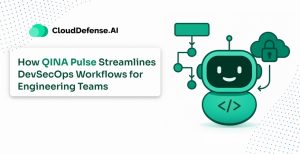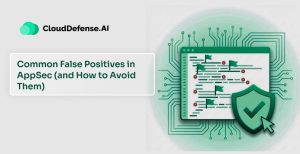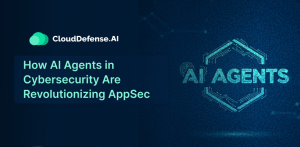The use of AI coding assistants like Cursor and Windsurf has become a widespread trend. Most developers have now integrated AI coding assistant agents in their development workflow. However, integrating these AI agents with autonomous capabilities also introduces potential security risks.
These agentic AI code editors not only offer code suggestions but also automate various actions to complete a task. Thus, it has become important for security teams to integrate AppSec for autonomous agents like Windsurf and Cursor. This guide will highlight why you need application security guardrails for Windsurf and Cursor, how you can implement them, and what the secure coding constraints are.
What are Application Security Guardrails?
Application security guardrails are an approach that introduces various security controls in software development environments and eliminates security threats before they are deployed. In context to Windsurf and Cursor AI coding agents, these guardrails provide a set of security policies, access control, and monitoring processes in the development phase.
Altogether, they serve as a security layer that monitors the activity of these AI code editors, especially the use of AI code in the development phase. It makes sure that AI agents function in a secure and ethical way. Plus, it also ensures that the functioning and output of AI code editors are compliant with industry regulation and business security policies.
It takes action when an anomaly is detected in the AI agent’s outputs. These guardrails are more than standard security measures. It utilizes advanced methodology as it has to consider the output of AI code editors and their autonomous actions.
Why Application Security Guardrail is Imperative for Cursor and Windsurf?
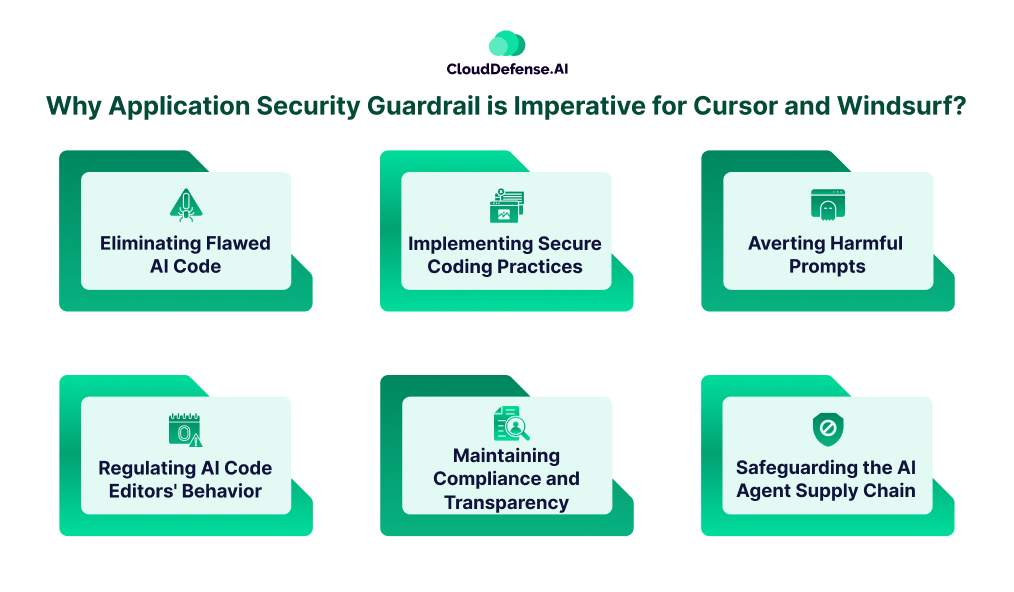
The need for Application Security Guardrails for Cursor and Windsurf has become a need of the hour. Developers using AI code editors require the guardrail because:
- Eliminating Flawed AI Code: Windsurf and Cursor AI guardrails are essential for eliminating any insecure AI code. These guardrails can use tools like SAST and SCA to analyse the AI code along with its dependencies in real-time. When a vulnerability is detected, it provides alerts to developers before they commit it.
- Implementing Secure Coding Practices: Security teams can configure the AppSec guardrails to implement various secure coding practices. It will make sure all the outputs of AI code editors and their autonomous functions comply with the organization’s security policies.
- Averting Harmful Prompts: These guardrails perform input validation of user prompts involving requests for malicious actions and block them. Importantly, it also helps security professionals to identify and avert prompt injection attacks. It can also filter out the AI code output to eliminate exposure of sensitive organizational data.
- Regulating AI Code Editors’ Behavior: AppSec guardrails through granular control can regulate different types of actions AI agents like Cursor and Windsurf can perform. It mandates human approval for many critical actions to prevent the use of any code that can lead to security in the future. Since Cursor and Windsurf often have privileged access, they can perform flawed actions. Guardrails can implement RBAC to limit the AI agent’s access to critical resources.
- Maintaining Compliance and Transparency: Another major reason for implementing AppSec for autonomous agents like Windsurf and Cursor is to monitor and keep track of their actions. It enables security to gain an understanding of the AI codes that were executed and the plausible security threats that can arise. Keeping track of all the AI codes helps an organization to stay compliant with different regulations and maintain transparency.
- Safeguarding the AI Agent Supply Chain: It is vital to safeguard the AI agent supply chain by enforcing analysis and validation mechanisms. All the external dependencies and MCP server configurations that Cursor and Windsurf must be validated. It will prevent any common vulnerabilities from affecting the codebase and application.
Implementing Policy Guardrails For Cursor and Windsurf
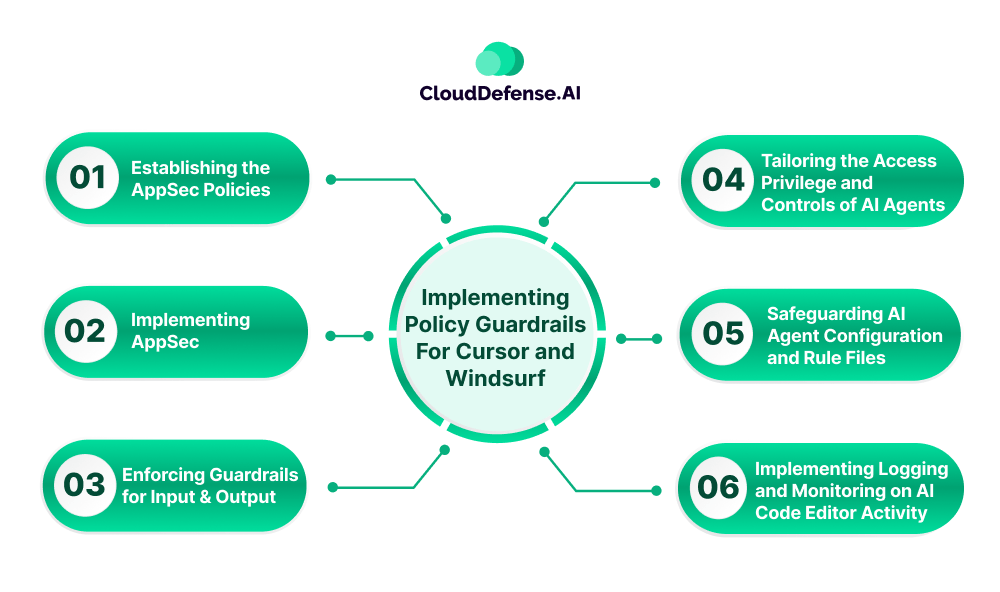
Implementing policy guardrails for Cursor and Windsurf requires a multi-step approach. It is crucial for organizations using AI coding agents in their SDLC. It mitigates all the security threats that might arise from faulty AI code or autonomous action and ensures compliance with set security policies. Here is a step-by-step way to implement:
Step 1: Establishing the AppSec Policies
The first step towards implementing policy guardrails is establishing all the AppSec policies that will define how Cursor and Windsurf will perform. The policies should include:
- Applicable Tasks: The Security team needs to establish different tasks AI agents can perform and what the criteria will be.
- Data Usage: Policies should cover how AI coding agents can utilize sensitive data and whether they should be permitted to train on it.
- Organization’s Coding Standard: A guideline for secure coding standard and practice must be established that Windsurf and Cursor must follow.
- Validation: The Security team should draft the mandate for assessment and validation of the output of Cursor and Windsurf.
- Security Flaw Management: Rules must be set regarding how security flaws or vulnerabilities in AI code must be addressed.
Step 2: Implementing AppSec
After defining all the policies, security teams need to implement specific AppSec tools in the development environment, which include the CI/CD pipeline. Automating the AppSec will help in assessing the AI codes before developers commit them. The AppSec tools that must be used are:
- SAST: Organizations should configure the Windsurf and Cursor to integrate with the SAST tool, as it will analyze the AI codes in real-time. It should also be implemented in the CI/CD pipeline for identifying vulnerabilities and compliance issues in AI code.
- SCA: SCA should be integrated with the AI code editors for assessing third-party dependencies that these editors might use. This AppSec tool can detect and remediate security threats and the health of all the dependencies.
- Policy as Code: Security teams can introduce PaC to implement the organization’s application security policies in the CI/CD pipeline. It makes sure all the policies are constantly followed.
- Secret Detection: The Secret Detection tool will be useful in the CI pipeline as it will prevent committing AI code that has hard-coded credentials.
Step 3: Enforcing Guardrails for Input and Output
Security teams must implement guardrails for the prompts and AI generated in the Cursor and Windsurf. It will introduce the practice of providing secure prompts and eliminate malicious outputs.
- Prompt Validation: Policies should be incorporated to validate all the user prompts in Windsurf and Cursor. It will help in identifying prompt injection attacks and other malicious inputs.
- Output Sanitation: Mechanisms should be introduced to assess all the codes from AI code editors. It will ensure the AI code is free from sensitive data, vulnerabilities, and faulty code patterns.
- Prompt Management: Developers with security teams can work together to develop a checklist or library of security-analyzed prompts for achieving common coding workflow. It will not only ensure safe, prompt practice but also Cursor and Windsurf secure code.
Step 4: Tailoring the Access Privilege and Controls of AI Agents
The next step for implementing policy guardrails involves tailoring access controls and privileges of Cursor and Windsurf. It can be achieved by:
- RBAC: Security teams must utilize RBAC to configure the access level and roles of Windsurf and Cursor in the software development environment. The access to critical resources and the production stage must be tailored according to POLP.
- Restriction in Execution of Commands: Windsurf and Cursor also require configuration regarding the execution of commands. Thus, it will restrict the AI code editors from executing any harmful commands that might jeopardize the system.
Step 5: Safeguarding AI Agent Configuration and Rule Files
While defining AppSec policy guardrails, emphasis should be given to safeguarding Cursor and Windsurf’s configuration and available rule files.
- Automated Validation: All the rule files associated with Cursor and Windsurf should be automatically validated. It will help in identifying and mitigating threat injection and patterns in them.
- Version Control and Secure Storage: AI code editor’s configuration and rules files must be stored in a protected version control system and repository. They should also be reviewed regularly to prevent any vulnerabilities.
Step 6: Implementing Logging and Monitoring on AI Code Editor Activity
Security agents must implement automation for logging Windsurf and Cursor activity and monitoring of those logs. It will provide complete visibility and help in identifying malicious patterns that can lead to serious threats.
- Automating Logging: Automated logging should be performed to keep track of all the activities performed by Cursor and Windsurf. It should cover AI codes, inputs, and executed codes.
- Identifying Malicious Activity: Security teams must employ automated processes to monitor all the log details and identify any unusual patterns. Any malicious pattern could highlight any possible security threat that might affect the development environment.
Secure Coding Constraints for Developers Using Cursor and Windsurf
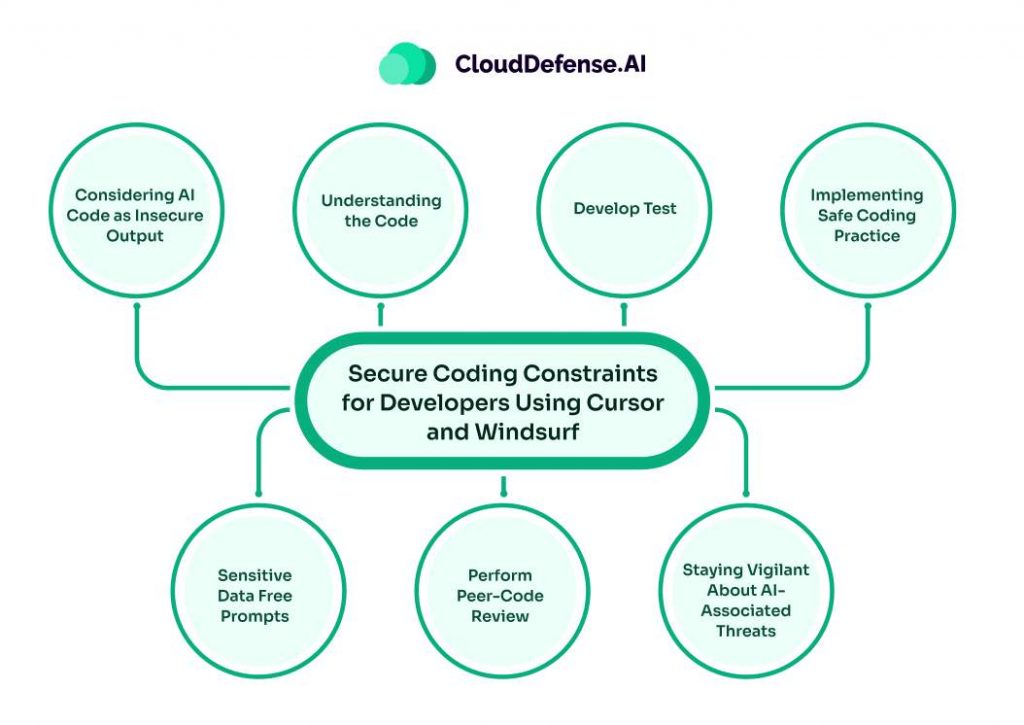
Developers relying on AI code editors need to follow various secure coding constraints. These constraints act as guardrails in maintaining the security of the codebase:
- Considering AI Code as Insecure Output: Developers should always consider AI code of Cursor and Windsurf as insecure output. They properly review every AI before committing it.
- Understanding the Code: Cursor and Windsurf help developers accelerate the development speed. However, they should understand the logic and possible security effects before using it.
- Develop Test: Developers must create a testing suite, including security tests for all the AI-generated code. Testing all AI codes will ensure that it is free from vulnerabilities and will be safe for implementation.
- Implementing Safe Coding Practice: Developers, while inputting prompts in Cursor and Windsurf, must mention security requisites. Including security requirements will help in generating Cursor and Windsurf secure code.
- Sensitive Data Free Prompts: During the development process, every developer should avoid involving sensitive data in the prompts. API key, credentials, or secrets should be avoided specifically for AI agents involving external AI models.
- Perform Peer-Code Review: It is vital that developers perform peer-code review for all the AI code. All the AI codebase must be reviewed thoroughly to identify any vulnerabilities.
- Staying Vigilant About AI-Associated Threats: Developers must stay aware of all evolving AI-based security threats like data poisoning and AI model exploitation. Plus, they should evaluate how these security threats will affect the AI code editor output.
Conclusion
Organizations utilizing Cursor and Windsurf in the software development process are getting benefited through high productivity. To maintain acceleration, organizations also need to implement application security guardrails that will ensure the security of the codebase. We have provided steps that will help your security team to implement necessary policy guardrails for securing the AI code of Cursor and Windsurf.
The implementation process isn’t simple. It requires careful planning and a change in the AI-based coding practice among developers. In the coming years, it is expected that almost every developer will rely on Cursor and Windsurf to accomplish various development tasks. Thus, you can implement the security guardrails and protect your organization against evolving cyber threats.

